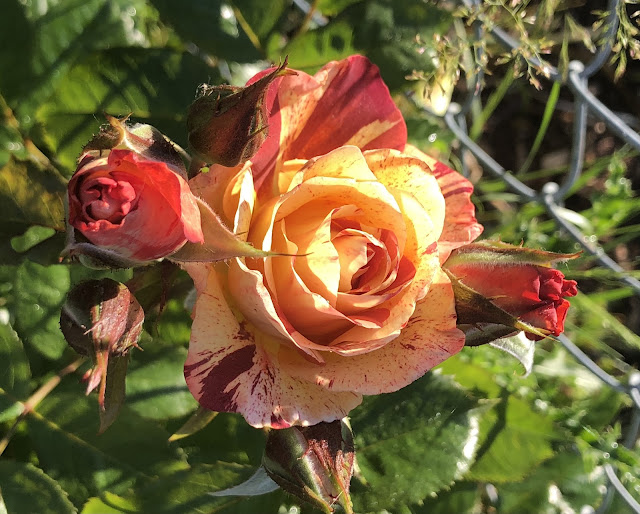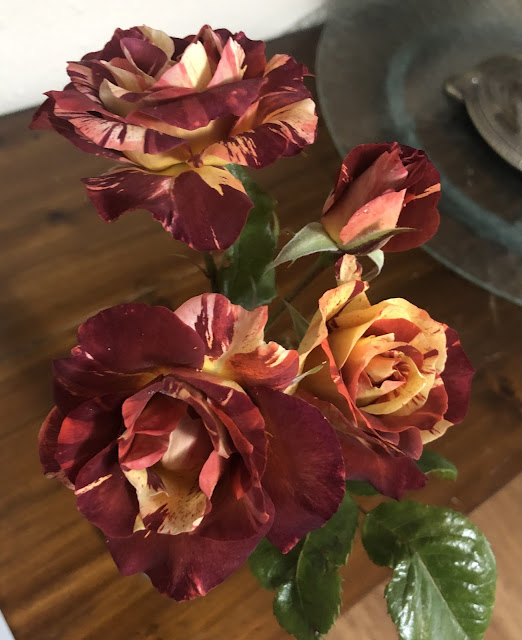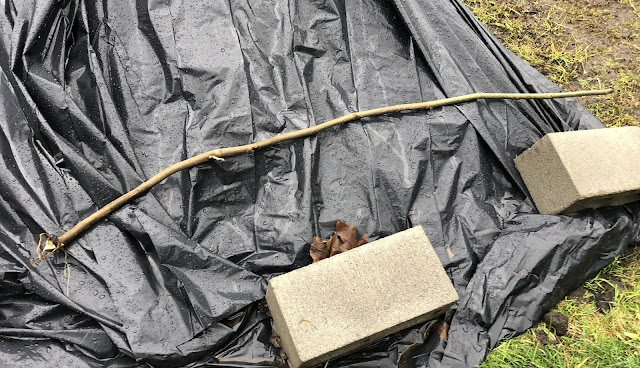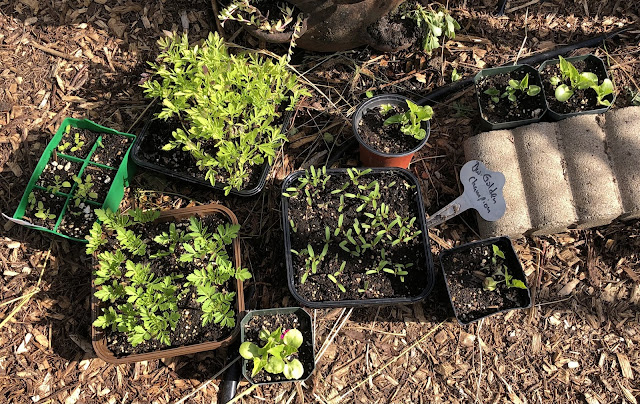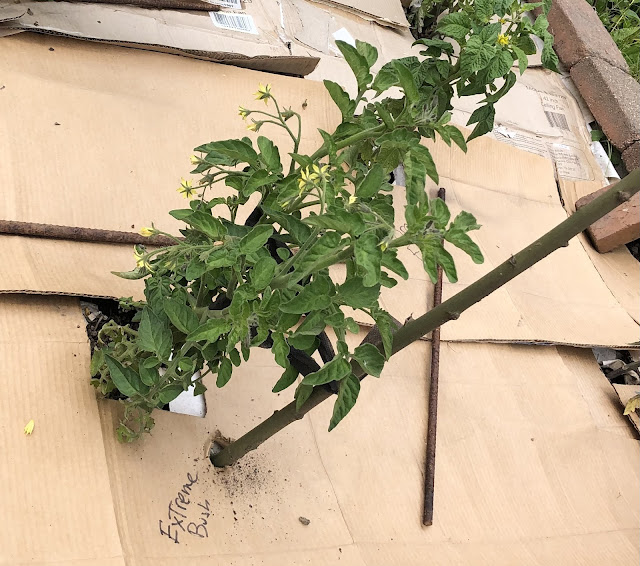The old Kenmore sewing machine has a cover, but it's gigantic, clunky, and takes up a lot of room. I thought it would be good to make a quilted dust cover for it. A clean sewing machine is a happy sewing machine.
This is the result. It's reversible. In "Sunflower Mode", each end has a pocket and a handle.
I don't know what the pockets are for. They are there if needed. The handles aren't necessary buy are kind of handy. Handy handles LOL.
Turn it inside out, and it's in sort of antique'y quilty mode. No pockets on this side, just handles. The handles on this side are sewn between the pockets and handles on the sunflower side, so the quilt isn't too thick to sew together.
This started by cutting pattern paper to fit the sewing machine. I gave it a couple extra inches in every direction because quilts shrink when first washed.
I sewed together a quilt sandwich, big enough to fit the patterns. One side was the sunflower cotton fabric. (there was an extra block in the pattern for a front pocket. I didn't use that).
The other side was from a roll of "vintage look" strips that I bought mail order during the worst of the pandemic. They were on close-out and I wanted something to learn on. I just sewed them together to make a sheet.
Between the fabrics, I used 1/4" cotton batting, left over from a quilt. I had to join together two pieces. I used the three-step zigzag setting for that.
I'm not sure I knew the Kenmore could fit a walking foot, but it did. I used that to quilt the fabric in diagonal 2" squares. I used the guide on the walking foot instead of marking lines with tape. That went much faster.
Then I cut it all put. I lined the patterns on the striped side so they would be even.
I cut binding ribbon from the fabrics for the seams, handles, and pocket tops. For the ends, I cut it on the bias. After sewing it all together, and adding the binding, I machine washed and dried the cover. It's a good thing I made it about an inch too big all around, because that is how much shrinkage there was.
I'll save the patterns. If I make another, I might leave off the pockets, but make a pouch for the pedal and cord. The cover is tall enough, I don't have to remove the spool of thread to put on the cover. I like the reversibility.
It looks a bit like a big pillow ate a toaster LOL.
(Source - heavily modified from a pattern on the blog Sewcanshe.com).

















